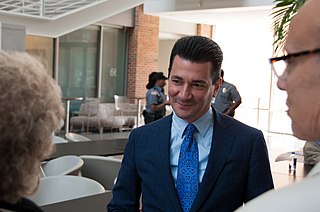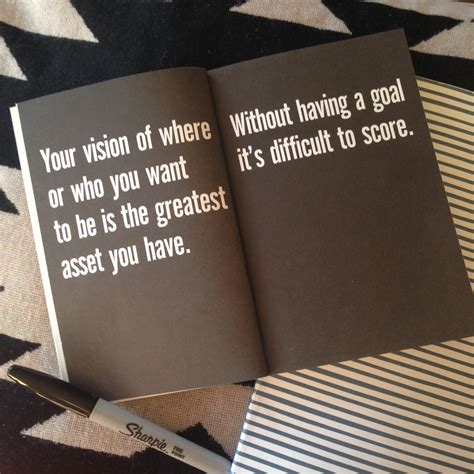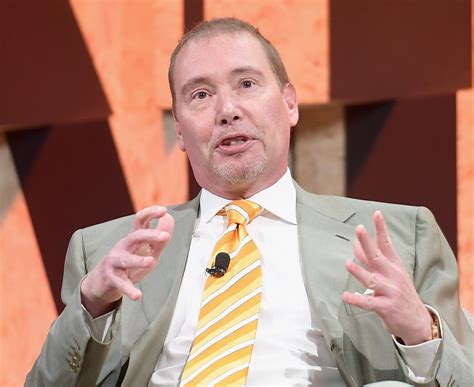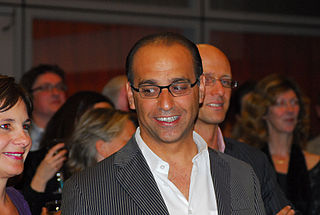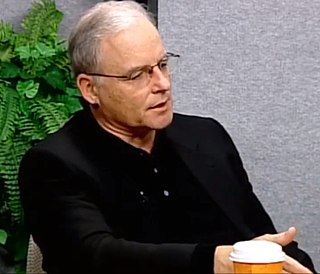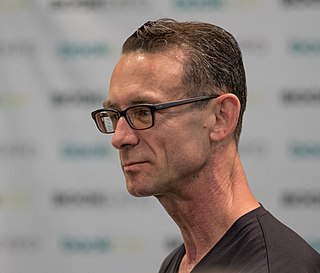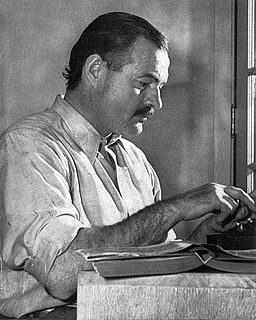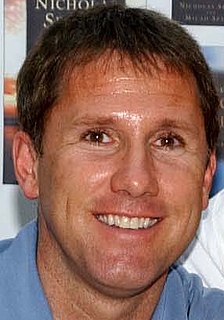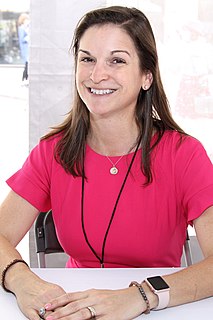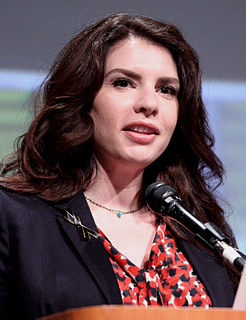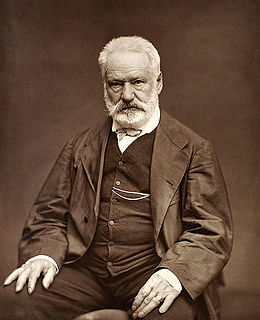Цитата Мэг Кэбот
Чтобы люди были счастливы, иногда им приходится рисковать. Это правда, что эти риски могут подвергнуть их риску причинения вреда.
Связанные цитаты
Проблема в том, что риски, которые очень хорошо хеджируются новыми финансовыми ценными бумагами, являются финансовыми рисками. И мне кажется, что реальные вещи, которые вы хотите застраховать, — это реальные риски, например, риски в инновациях. Дело в том, что вы хотели бы, чтобы компании могли больше рисковать. По-видимому, одним из препятствий на пути к успеху НИОКР, особенно при больших затратах, являются сопутствующие риски.
Риски – это мера людей. Люди, которые не берут их, пытаются сохранить то, что имеют. Люди, которые принимают их, часто получают больше. У некоторых рисков есть будущее, и некоторые люди называют их неправильными. Но быть правым может быть все равно, что идти назад, доказывая, где вы были. Ошибаться нельзя в будущем или в прошлом. Ошибаться можно не где-нибудь, а здесь. Лучшее место, а?
Когда крупные компании берут на себя риск, они возлагают риски на остальную часть системы. И это системные риски, и мы никогда не думали, что эти системные риски действительно важны, но как только мы осознаем, как финансовый сектор — риски, которые принимает финансовый сектор, могут влиять на всю мировую экономику, мы понимаем, что эти риски необходимы. контролироваться для общественного блага.
Будьте готовы пойти на некоторый риск в сфере работы и денег. Если мы делаем только то, что, по нашему мнению, должны делать для того, чтобы зарабатывать деньги и быть в безопасности, мы не будем слушать интуитивный голос, который говорит нам попробовать что-то новое, проявить больше творчества или перейти к следующему шагу. наш путь. Когда мы прислушиваемся к своей интуиции и идем на некоторый риск, мы не одиноки. Вселенная поддержит нас и вознаградит за риск ради нее!
Я думаю, что это то, о чем инвестиционные банки беспокоились в течение долгого времени и продолжают беспокоиться, но это непростое решение, когда у вас есть много людей, делающих ставку на деньги компании, как вы действительно распределяете эти риски? Как сделать так, чтобы люди, которые идут на риск, чувствовали риск соответствующим образом?



